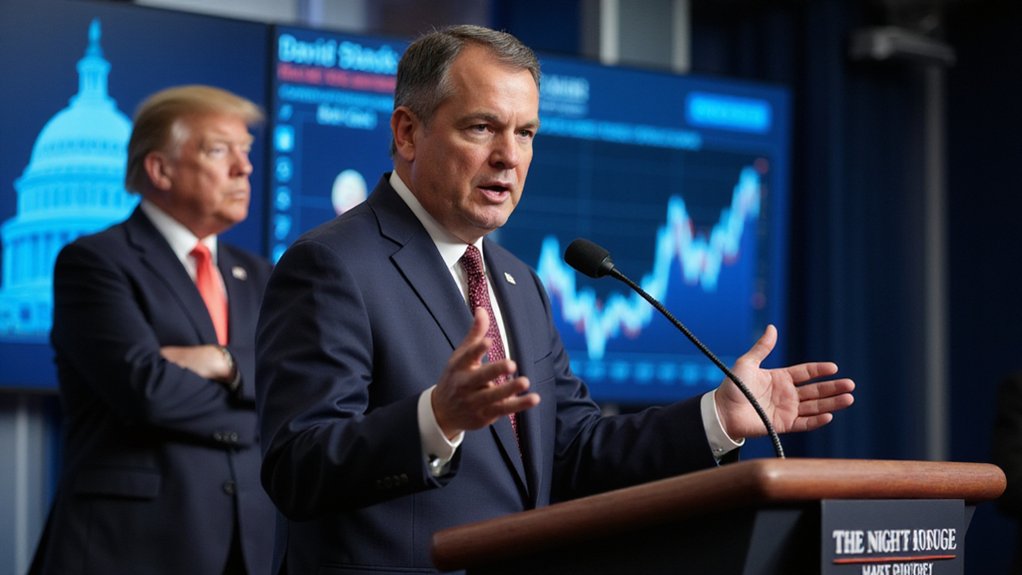Native Markets has emerged victorious in Hyperliquid‘s contentious battle for USDH stablecoin issuance rights, capturing 92% odds in prediction markets while simultaneously igniting a governance controversy that exposes the delicate tensions between decentralized ideals and practical power structures.
The triumph comes after Native Markets submitted the first proposal just 90 minutes following the call for bids—a speed that either demonstrates impressive preparation or raises eyebrows about advance knowledge. Their winning bid manages to oversee a $5.9 billion reserve on what is ostensibly the world’s largest decentralized derivatives exchange by volume, where co-founder Max Fiege‘s early Hyperliquid support certainly didn’t hurt their credibility.
USDH will launch natively on Hyperliquid’s HyperEVM blockchain, backed by the familiar trinity of cash and Treasury equivalents managed through BlackRock for off-chain assets and Superstate via Stripe-owned Bridge for on-chain components. As a fiat-collateralized stablecoin maintaining reserves of actual currency, USDH follows the proven model that has propelled the sector to over $162 billion in total market capitalization. Reserve yields will split between HYPE token buybacks and distribution expansion—a strategy that sounds invigoratingly straightforward in an industry known for Byzantine tokenomics. Native Markets plans to implement capped limits during initial testing before transitioning to general availability within days.
A refreshingly simple tokenomics structure emerges from the usual crypto complexity maze.
The competition featured heavyweight contenders including Paxos, Frax, BitGo, and MakerDAO’s Sky (Ethena wisely withdrew before the inevitable disappointment). Yet Native Markets consistently outpaced rivals in both community support and prediction markets throughout the proposal period, suggesting either genuine grassroots enthusiasm or exceptionally effective coordination.
However, the governance process attracted sharp criticism from industry observers. Dragonfly VC‘s Haseeb Qureshi dismissed the entire RFP as a “farce,” alleging predetermined validator preferences and questioning the process’s fundamental fairness. Such accusations highlight persistent concerns about validator independence in supposedly decentralized systems—because nothing says “decentralized governance” like allegations of backroom dealing.
The USDH launch directly challenges Circle’s USDC dominance, which currently holds nearly $6 billion in Hyperliquid reserves. Curiously, USDC will remain supported alongside other stablecoins meeting specific liquidity criteria, suggesting Hyperliquid prefers competitive coexistence over winner-take-all dynamics.
This marks Hyperliquid’s first major governance vote beyond routine token listings, establishing precedents that will certainly influence future decision-making processes. Whether those precedents inspire confidence or skepticism remains an open question as the testing phase approaches.








